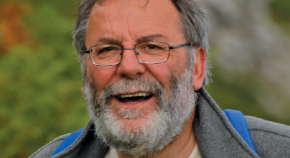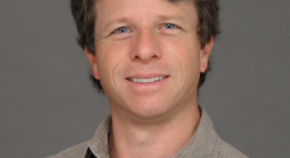Light talk (original) (raw)
Interviews
It’s big quantum time
Sir Peter Knight, described as "one of the UK’s most influential scientists and leaders of scientific policy" by his peers, tells Nature Photonics about the many hats he is wearing now in pushing quantum research and technologies in the UK and beyond.
Terahertz matters
Daniel Mittleman spoke with Nature Photonics about promising applications using terahertz waves, including spectroscopy, imaging, wireless communications, and quality control in industry.
- Noriaki Horiuchi
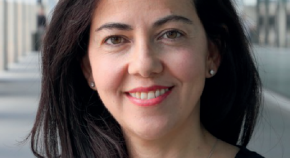
Optical biosensors towards the clinic
Nature Photonics spoke with Hatice Altug, from the École Polytechnique Fédérale de Lausanne (EPFL), Thomas Krauss, from the University of York, and Malini Olivo from the Agency for Science, Technology and Research (A*STAR) about optical biosensors and their prospects and challenges for clinical translation.
- Giampaolo Pitruzzello
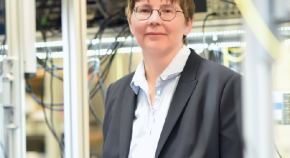
Dual-comb wonders
Nathalie Picqué, the new director at the Max Born Institute for Nonlinear Optics and Short Pulse Spectroscopy (MBI) in Berlin, Germany, tells us all we need to know about frequency combs and dual-comb spectroscopy, and shares with us some golden tips on becoming a successful scientist.
- Rachel Won
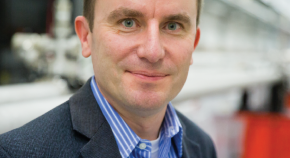
Fast free-electron laser targets the future
Following first lasing at LCLS-II — a coherent X-ray laser source driven by a 700-m superconducting linear accelerator — several upgrades are already in the works. Nature Photonics spoke to LCLS director Mike Dunne about LCLS-II commissioning hurdles as well as future plans.
- David Pile
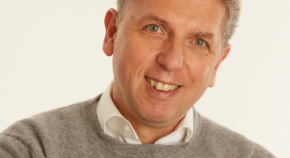
Earth’s wobble probed by 16-m2 underground laser
A ring laser gyroscope, located at the Geodetic Observatory Wettzell in Southern Germany, measures variations in the Earth’s rotation. Nature Photonics spoke to a key researcher on the project, Ulrich Schreiber, about the system’s birth, teething issues, and how it may one day probe the El Niño effect.
- David Pile
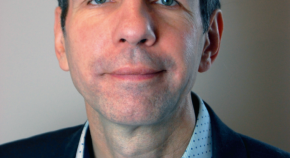
The Encyclopedia of Photonics
Nature Photonics spoke with Rüdiger Paschotta, the founder of RP Photonics, about his online encyclopedia of photonics, the motivation behind it and future plans for the project.
- Giampaolo Pitruzzello
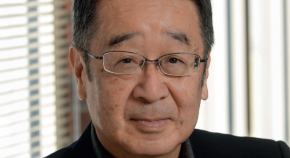
Computing with light
Photonic processors are promising candidates for solving tough mathematical problems. Nature Photonics asked Yoshihisa Yamamoto, director of the Physics and Informatics Laboratories at NTT Research in USA, about the progress that is being made in realizing coherent Ising machines (CIMs).
- Noriaki Horiuchi
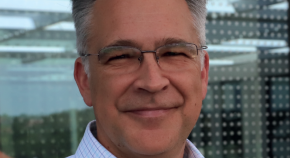
Big lasers with a mission
Allen Weeks, Director General of the Extreme Light Infrastructure European Research Infrastructure Consortium, talks to Nature Photonics about the founding and future of the high-power-laser facilities, and stimulating a resurgence of physics in new EU member countries.
- David Pile
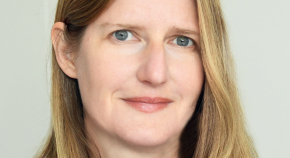
Sheets of light illuminate life sciences
Light sheet microscopy offers rapid 3D imaging of biological specimens while limiting photodamage. Nature Photonics spoke with Elizabeth Hillman of Columbia University about its capabilities, promising applications and present limitations.
- Giampaolo Pitruzzello
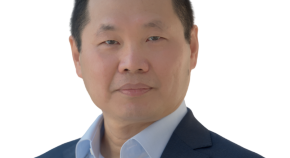
Photonics makes a splash underwater
Optics is now going beneath the waves to give remote-operated vehicles and divers fast optical wireless data links. Nature Photonics spoke with Boon Ooi from KAUST, a leading researcher into underwater photonics research.
- Oliver Graydon
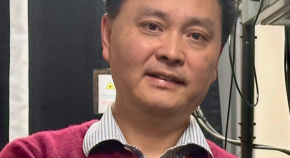
Seeing into deep tissue
Nature Photonics spoke to Hongjie Dai from Stanford University about bioimaging in the second near-infrared (NIR-II) spectral window and its clinical potential.
- Giampaolo Pitruzzello
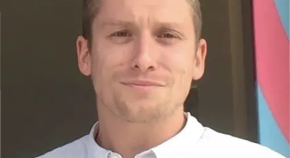
An open question
Nature Photonics talks to Mark Hahnel, the founder and CEO of Figshare, a popular data repository, about the benefits and trends in making data open and shareable.
- Oliver Graydon
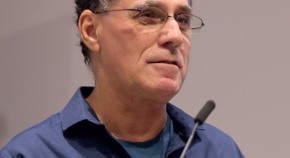
It’s a matter of time
Mordechai (Moti) Segev spoke with Nature Photonics about the fascinating topic of photonic time crystals — materials with a refractive index that is periodically modulated in time on ultrafast timescales — and their inspiring future ahead.
- Rachel Won
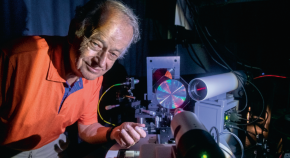
Metaoptics for the consumer market
Metalenz, a spin-out company from Harvard University founded in 2016, has launched its first metasurface-based product. Nature Photonics spoke with co-founder Federico Capasso about the company and its plans for flat optics.
- Giampaolo Pitruzzello
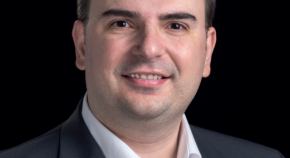
Metamaterials for the masses
George Palikaras, President and CEO of Meta Materials Inc., discusses the challenges of commercializing metamaterials, learned on the path from a small start-up to a Nasdaq-listed company.
- David Pile
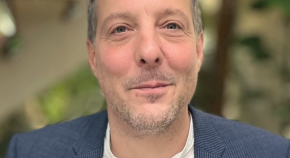
Metasurfaces get smart
Geoffroy Lerosey, co-founder and CEO/CSO of Greenerwave, shares how tunable metasurfaces may shake up industries from automotive to wireless communications.
- David Pile

A bright future for attosecond physics
The 2022 Wolf Prize in Physics has been awarded to Paul Corkum, Anne L’Huillier and Ferenc Krausz for their pioneering contributions to ultrafast laser science. Nature Photonics spoke to them about the milestones, challenges and future opportunities for the field.
- Giampaolo Pitruzzello
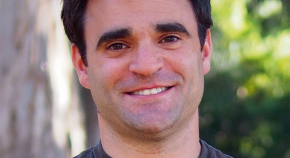
Shaping light for optogenetics
Nature Photonics spoke to Hillel Adesnik from UC Berkeley about the benefits of using photonic techniques in optogenetics and the key challenges laying ahead.
- Giampaolo Pitruzzello
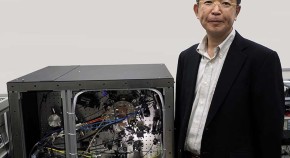
Ever-evolving optical lattice clocks
The 2022 Breakthrough Prize in fundamental physics was awarded to Hidetoshi Katori and Jun Ye, who have been independently working on optical lattice clocks. They are the first winners from the photonics community. Nature Photonics interviewed Hidetoshi Katori on how he overcame difficulties in the study of optical lattice clocks, and what the next challenges are.
- Noriaki Horiuchi
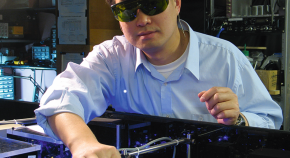
Clocks with a precise tick
Jun Ye from the University of Colorado was recently co-awarded the 2022 Breakthrough Prize in Fundamental Physics with Hidetoshi Katori for their pioneering research on optical lattice clocks. Ye spoke to Nature Photonics about the history of clocks and his future plans.
- Oliver Graydon
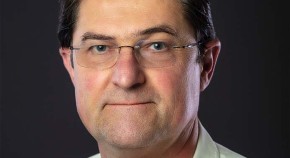
Redlining lasers for nuclear fusion
The National Ignition Facility at Lawrence Livermore National Laboratory reported over 1.3 MJ output, representing 70% of both input laser energy and official ‘fusion ignition’. Operations manager, Bruno Van Wonterghem, delves into the optics and what to expect next.
- David F. P. Pile

Trailblazing lasing
Nature Photonics spoke to Chihaya Adachi from the Center for Organic Photonics and Electronics Research (OPERA), Kyushu University, about the potential merits of, and hurdles facing, the development of organic semiconductor lasers.
- David F. P. Pile
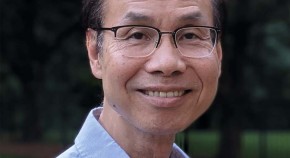
Emitting organically
Franky So, from North Carolina State University, explains some hard truths for solution-processed emitters, but also that, fundamentally, there is no reason why OLEDS can’t ‘make it’.
- David F. P. Pile
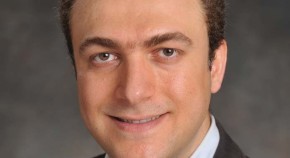
Machine learning with light
Nature Photonics spoke to Aydogan Ozcan about the rise of artificial intelligence-enabled optics and the hurdles ahead.
- David Pile

Gaining with loss
Nature Photonics spoke to Demetrios Christodoulides, of CREOL, The College of Optics & Photonics, University of Central Florida, about the birth of the parity–time-symmetry concepts in optics and the challenges and prospects on the path ahead.
- Interview by David F. P. Pile
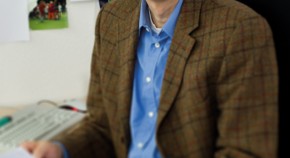
A bright light for Europe
Following eight years of construction, the superconducting European X-ray free-electron laser in Hamburg, Germany has just opened and started its first experiments. Nature Photonics spoke to Thomas Tschentscher, its scientific director, about the facility and its plans.
- Noriaki Horiuchi
